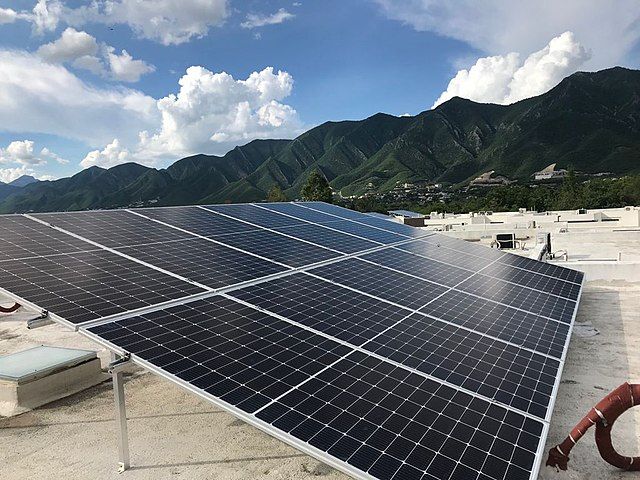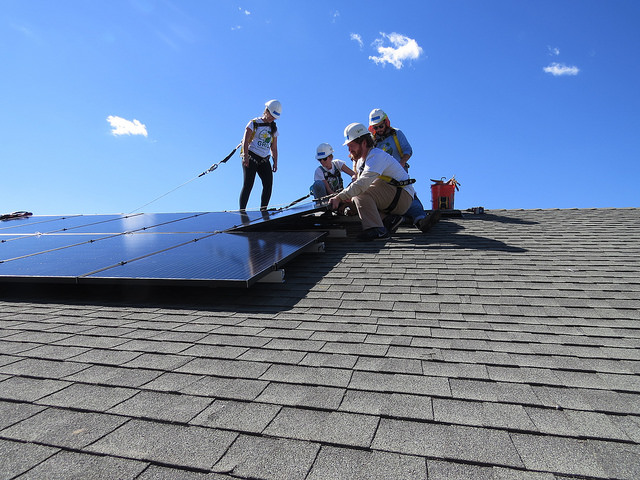
The world is at a crucial juncture in its efforts to combat climate change. As we enter 2023, the urgency of transitioning to renewable energy sources has never been clearer. The renewable energy sector is undergoing rapid transformation, driven by technological advancements, policy shifts, and growing public awareness of the need for sustainable energy solutions. In this blog post, we will explore the latest trends and make predictions for the future of renewable energy in 2023 and beyond.
Solar Power Continues to Shine
Solar power has been one of the most prominent success stories in the renewable energy sector, and it shows no signs of slowing down in 2023. Advances in solar panel efficiency and affordability have made solar energy increasingly accessible to homeowners, businesses, and governments worldwide. In 2023, we can expect to see:
- Improved solar panel technology: Researchers are continually working to enhance the efficiency of solar panels, making them more productive and cost-effective.
- Energy storage solutions: With the integration of energy storage systems like lithium-ion batteries, solar energy becomes a reliable source of power even during cloudy days or at night.
- Solar innovations in urban areas: Solar windows, solar roads, and solar canopies will become more commonplace, allowing cities to harness sunlight in creative ways.
Wind Energy: Scaling New Heights
Wind energy has been a crucial component of the renewable energy mix for years, and 2023 will see the industry scale new heights. Offshore wind farms, in particular, are poised for significant growth. Key developments include:
- Offshore wind expansion: Governments are investing heavily in offshore wind projects, taking advantage of strong, consistent winds at sea. These projects will produce substantial amounts of clean energy.
- Turbine technology advances: Larger, more efficient wind turbines are being developed, increasing energy production and reducing the overall cost of wind power.
- Hybrid wind-solar projects: Combining wind and solar power generation can create more reliable and consistent energy production, making renewable energy a more attractive option for utilities.
Electrification of Transport
The electrification of transportation is a game-changer in the transition to renewable energy. In 2023, electric vehicles (EVs) are expected to become even more popular, driving up demand for renewable electricity. Key developments in this sector include:
- Increased EV adoption: As EV prices continue to drop, more consumers will choose electric vehicles over traditional gas-powered cars, reducing greenhouse gas emissions.
- Charging infrastructure expansion: Governments and private companies are investing in EV charging infrastructure, making it easier for people to charge their vehicles and alleviate range anxiety.
- Integration of EVs into the grid: Smart charging technology will allow EVs to interact with the grid, potentially providing backup power during peak demand periods.
Hydrogen as an Energy Carrier
Hydrogen has long been touted as a clean energy carrier, and 2023 could be the year it begins to fulfill its potential. Green hydrogen, produced using renewable energy sources, is gaining traction as a versatile and zero-emission energy carrier. Expect to see:
- Hydrogen-powered vehicles: More automakers are exploring hydrogen fuel cell technology for cars, trucks, and buses, offering long-range and quick refueling.
- Industrial applications: Hydrogen can play a crucial role in decarbonizing heavy industries such as steel and cement production.
- Hydrogen storage solutions: Advances in hydrogen storage will make it easier to transport and store this clean energy carrier efficiently.

Policy and Investment Driving Change
The transition to renewable energy in 2023 will continue to be influenced by government policies and private-sector investments. Key trends in this regard include:
- Stricter emissions targets: Governments worldwide are setting more ambitious emissions reduction targets, which will drive the adoption of renewable energy sources.
- Renewable energy subsidies: Financial incentives for renewable energy projects are expected to increase, making it more attractive for investors and businesses.
- Green finance: Sustainable and green bonds are becoming more popular, channeling capital into renewable energy projects.
Decentralization and Energy Communities
2023 will witness a shift towards decentralized energy production and the rise of energy communities. These communities allow individuals and businesses to produce, store, and share renewable energy locally. Key developments include:
- Peer-to-peer energy trading: Blockchain technology will enable individuals to trade excess energy directly with their neighbors, creating a more resilient and sustainable energy grid.
- Microgrids: Communities and businesses will invest in microgrid solutions, ensuring a reliable energy supply during grid outages.
- Community solar and wind projects: Local initiatives will continue to gain traction, allowing community members to collectively invest in renewable energy installations.
Conclusion
As we look ahead to 2023, the future of renewable energy appears promising. Solar and wind power will continue to expand, electric vehicles will become more prevalent, hydrogen will play a growing role, and government policies and investments will drive change. The transition to renewable energy is no longer a distant goal but a global imperative. By embracing these trends and predictions, we can collectively work towards a more sustainable and cleaner energy future for generations to come. For additional tips and information about renewable energy, you can look here to learn more.
